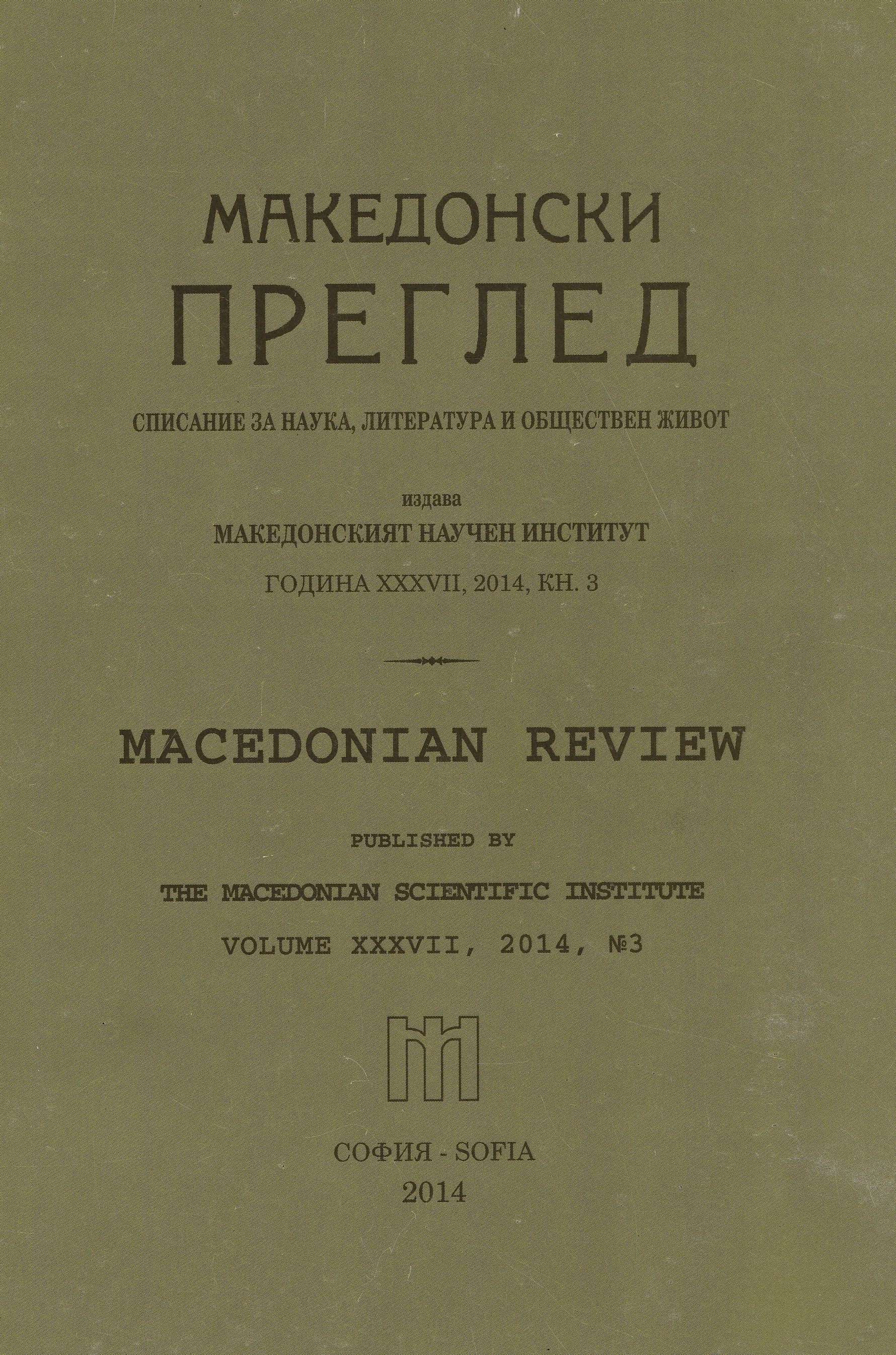
We kindly inform you that, as long as the subject affiliation of our 300.000+ articles is in progress, you might get unsufficient or no results on your third level or second level search. In this case, please broaden your search criteria.

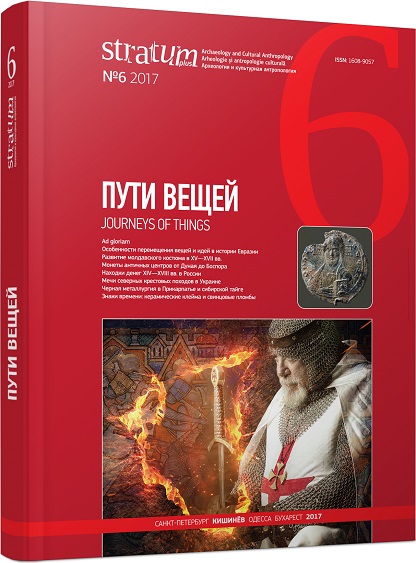
The article deals with the development of one of the leading sectors of ancient crafts, namely the ferrous metallurgy. The author analyzed iron-complexes on the territory between the Upper Prut and Middle Dniester, based on the characteristic of workshops related to the extraction and processing of bog ore, such as laminitis in Lenkovtsy, Chernovka, Klishkovtsy. It is postulated that the ore mining and iron production remained predominantly rural activity. One of the centers of iron processing was in Lenkovtsy on the Prut, where 16 “pitfalls” for firing ore were found. Iron-forges ground type, facilities, warehouses for storage of ball iron were revealed. The author analyzes workshops that processed pig iron, namely the blacksmith shops in Revno (10th century), Chernovka (12th — early 13th centuries.). Tools of blacksmiths and locksmiths are characterized and typology of household items related to the steel industry is offered.
More...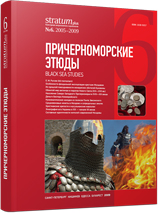
This article inquires into the question of the religious priorities and everyday life of monks and nuns in the orthodox cloisters in Bukovina under Moldavian and Austrian domination. Special attention is given to analysis of personal monkhood and their relations.
More...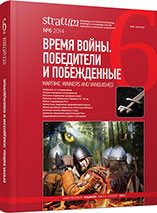
Swedish fortress of Landskrona, founded by the Swedes in the Novgorod area on the coast of the Neva River at the confluence of the river Okhta in 1300, had lasted only one year. In the following 1301 it was taken and destroyed by the Russian troops.Excavations of 2006—2010 investigated a significant part of the fortress of Landskrona (about 70 %), including the central site and defensive moats at the eastern and to a large extent at the southern and northern sides of the fortress. The excavations showed that the fortress was a regular one and protected by two lines of moats. Numerous items of arms - spearheads, arrows and crossbow bolts were found in wooden structures and the filling of moats. Piles of burnt wooden structures (presumably, debris of walls), were uncovered and studied on the inner slope of the first defensive moat. Concentrated finds of arms were documented in two spots of the inner moat of Landskrona: in the south-east and in the center of the eastern part. Finds were discovered along the same lines in the outer moat. Location of the found arms suggest that Landskrona was assaulted from the south-east. The Russian troops attacked from the least protected field-side part and from the territory between the Okhta River and the eastern moats.
More...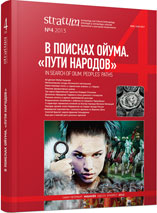
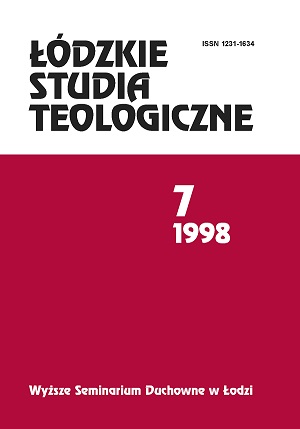
The review of: - Wolf-Dieter Hauschild, Lehrbuch der Kirchen- und Dogmengeschichte, - Band I: Alte Kirche und Mittelalter, Gütersloch 1995, ss. 694.
More...
The author of this article notes that there are two groups of medievalists in Slovakia today – "the factographs" and " the annalists". One school usually doesn't recognize outcomes of the other and underrates them. According to the author this is not a correct concept for a historian, but it has attracted his attention as a phenomenon and therefore he examines dualistic and extreme perspectives of medieval historiography. The author finds two hostile groups of intellectuals even as early as in the early middle ages (on one hand the followers of Cyril and Metod and on the other the pro-western group). Then during the peak middle ages we can find two concepts of history (ethnic conception of Annonymus' gentis Hungarorum versus the territorial history of multilinguistic natio Hungarica). In the 18th century two different concepts of perception for the early middle ages (the arrival of the Hungarians and the decline of Great Moravia) emerged: on one hand the military conquer theory (by Michal Bencsik) and on the other the theory about the hospitable welcome by the Slavs (A. Magin). The growth of nationalism in the 19th century brought two extremely different groups of historians. The disparity between the Slovak and the Hungarian politics led historians of those times to stress different events. The unsuccessful Slovak politics in the second half of the 19th century was the main cause for the emergence of the retroprojective myth about the 1000 years of subjection of Slovaks in Hungary which serves even today as a reason for separation of the Slovak history from the history of Hungary. As a result of that we can still find works with maps which ends on Danube or Ipeľ and do not pay attention to the southern parts of historical districts. In the period of the first and the second Czechoslovak Republic (1918 – 1939) as well as for the Slovak Republic (1939 – 1945) historians tried to prove that the large part of the territory of today's Slovakia was settled by Slavic (id est Slovak) people even as early as in the early middle ages (by the end of the 13th century). They tried to prove the cultural character of "our ancestors", too (P. Ratkoš, J. Stanislav). Both tendencies continued in more sophisticated way during the period of socialism. After the first half of the 1930's the discussion ended and changed into a monologue. Historical cliché about the history of Slovaks as a "1000-years old nation of nameless workfolk" was added to the national historical mythology after 1948. Only after the November revolution in 1989 we can find (unforced) return to dualism (and later pluralism). Publications like Preface to the Mythology of the Slovak Nation by Peter Sýkora or Our Slovak Myths by a collective of authors ask questions about our national clichés and "historical highlights". The last scope which should be pluralized is the scope of methodology. Like Petrus Abelardus who answered by his sic et non in reaction to a dual problem of scholastics, Slovak historians have the legitimate right to follow both ways. Actually, different historical narratives can prove to be true: "factographic" as well as "annalistic
More...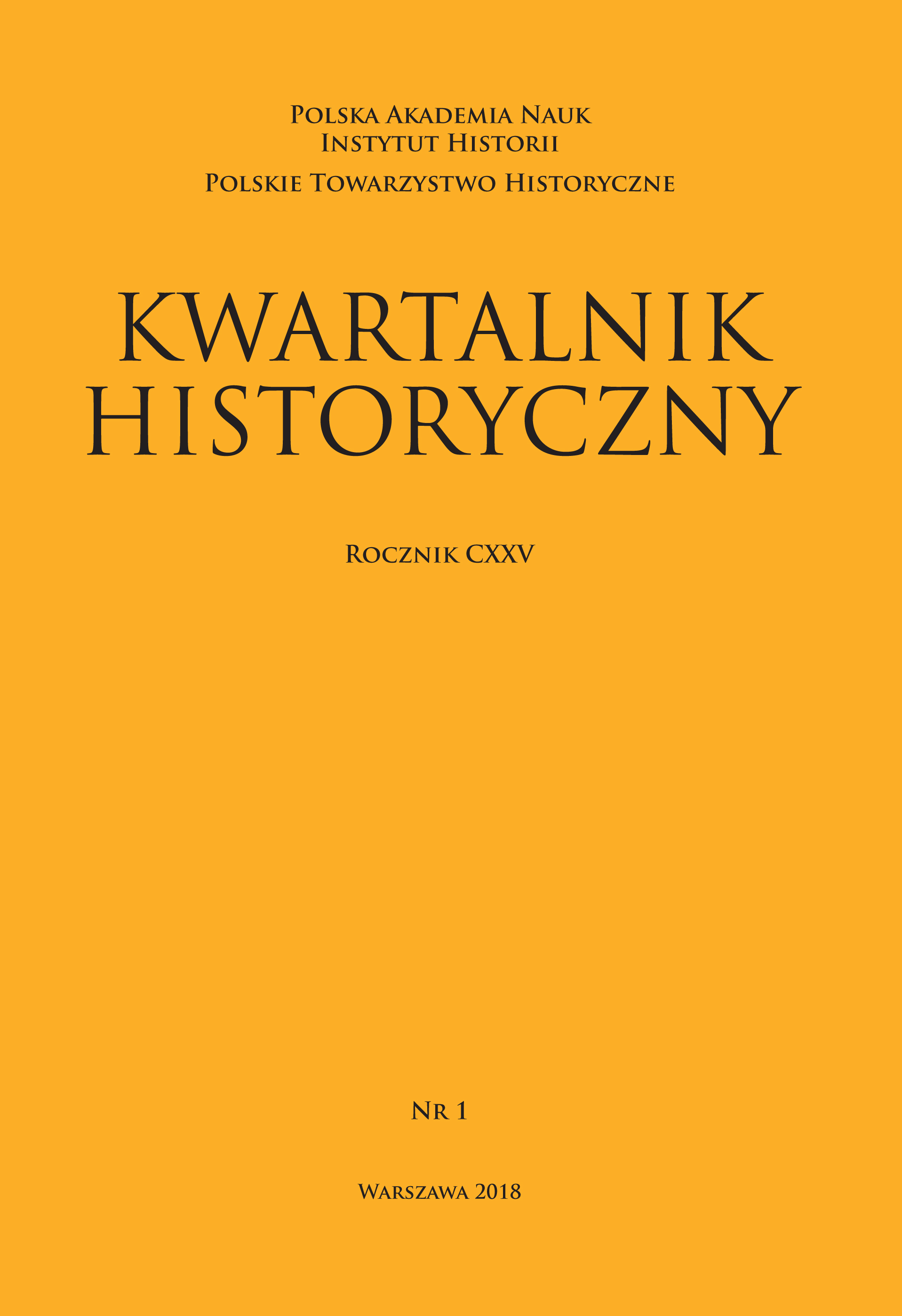
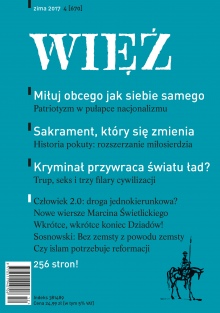
Wiosną tego roku mój dziewięcioletni syn przystępował do pierwszej Komunii Świętej. Kilka dni przed uroczystością dzieci zostały zaproszone do kościoła parafialnego na pierwszą spowiedź. Po wielu widać było, że to dla nich ważne przeżycie. Niektóre wyglądały na autentycznie przejęte i przestraszone, choć wokół roiło się od troskliwych rodziców.
More...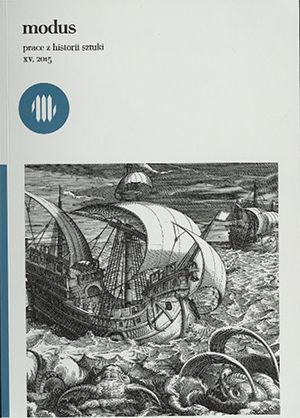
The numerous hypotheses on the micro- and macro architectural setting of the cult of St Adalberts relics around the year 1000 roughly oscillate between two approaches. On the one hand, scholars draw a picture of increased investment before the Congress of Gniezno or immediately afterwards. As a result, a modest castle church would have been rapidly remodelled into an imposing shrine of the patron saint of the newly established Polish Church province. An opposing view, on the other hand, proposes that there was a quarter of a century of inertia in implementing suitable artistic and functional solutions. The purpose of the present paper is to re-examine the source materials that formed the basis for the proponents of both hypotheses.In the first part of the argument, the author examines the current state of archaeological research, in particular questioning the reconstruction of the earliest phases of the church and St Adalberts grave, which has recently been propagated by Tomasz faniak, a leading specialist in the field. Next, the author evaluates the perspectives provided by the interpretation of written sources, routinely quoted in this context. Analysed were relevant fragments of the Chronicleby Thietmar of Merseburg, of the so-called Passion q/*7egernsee and the third (C) version of the first Life of St Adalbert (known as Vzfa prior). The author did not dwell on the next most-often quoted source, i.e. an extract from the Chronicie o/ the Czechs by Cosmas ofPrague, a topic she had already discussed at length elsewhere (see note 9). There is, however, no clear view of building and artistic undertakings around the turn of the second millennium emerging from these literary sources. Rather, the short mentions encountered in hagiographic and historical texts turn out to be astonishingly flexible when used to corroborate quite disparate opinions. As in the case of architectural relics, also here, their reconcilable views are far from verifiable.At the end, the author expresses her opinion on the attempts at compensating for the lack of documentary evidence with arguments related to the socio-political context of the alleged foundational activities - or the lack thereof - around the year 1000. A mere glimpse at the animated discussion concerning the origins of Polish statehood and Church organisation assures one that the 'historical facts called upon in the discussion boil down to a jigsaw puzzle of contesting, multi-layered hypotheses.The conclusion is: neither of the two hypotheses under discussion can be proved on the basis of the available documentary
More...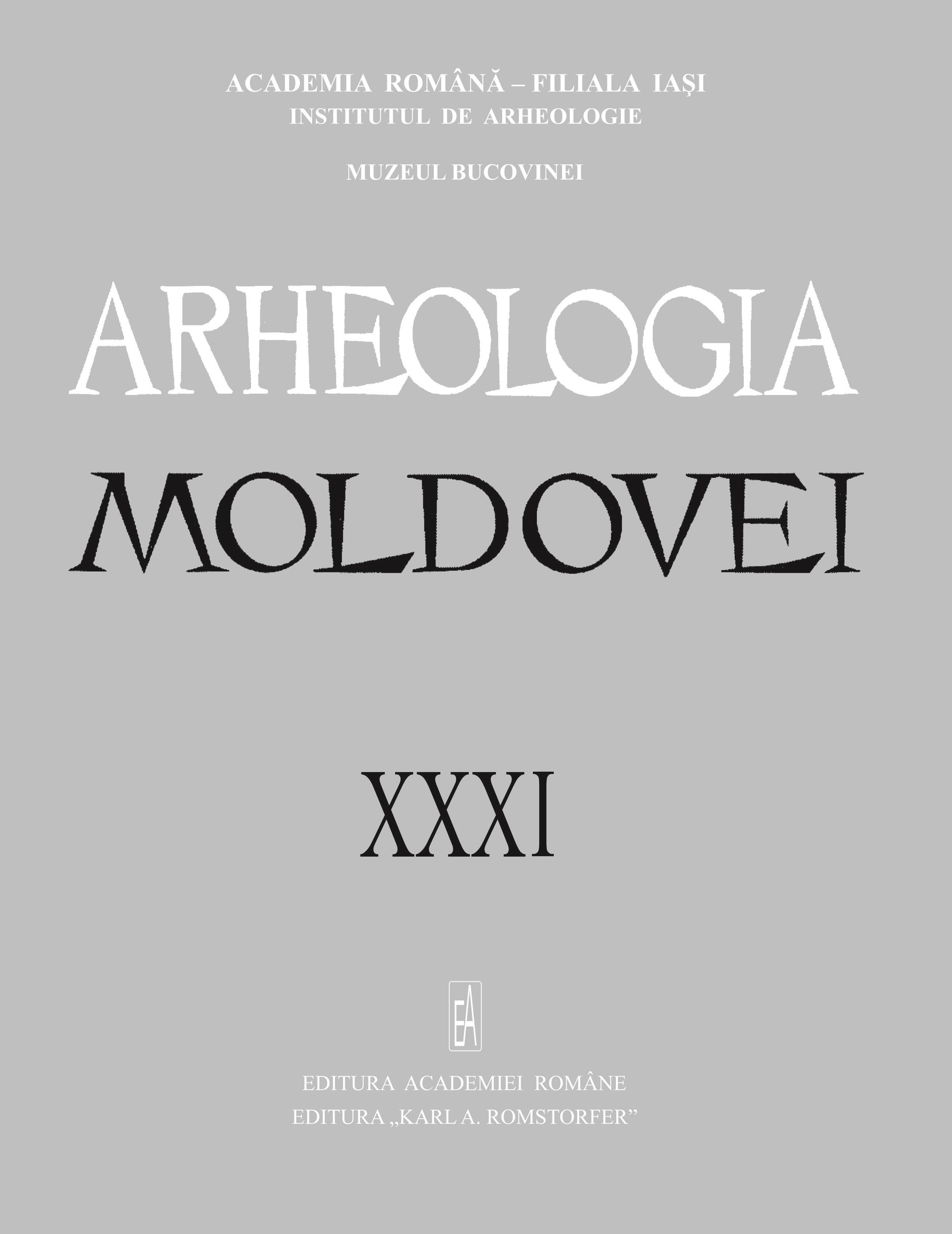
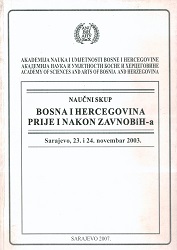
U svom prilogu autor navodi elemente i obrazlaže njihovo značenje i utjecaj, koji su učestvovali u formiranju državnog osjećanja i patriotizma kod Bosanaca, a u kojima je glavnu ulogu imalo sjećanje na nekadašnju državu-banovinu i kraljevinu Bosnu, smatrajući da je u onim faktorima koji su utjecali na odluku o obnovi bosanske države ovo osjećanje i sjećanje na nekadašnju Bosnu imalo značajnog udjela.
More...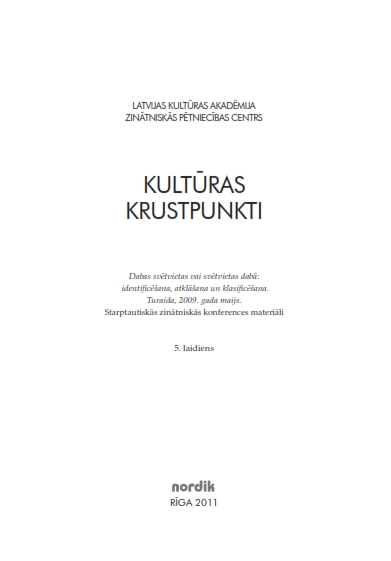
The River Volkhov, connecting Lake Ilmen and Lake Ladoga, used to be a transportation line of utmost importance in northern Russia (Fig. 1). As early as the 8th–9th century AD, the water route along the Volkhov was mastered by the Slavs – migrants from the southern shores of the Baltic Sea. During the Viking epoch, two major townships of northern Russia appeared at the head and the outfall of the Volkhov: they were Ladoga and the predecessor of Novgorod, Rurik’s Township. And in the second quarter of the 10th century Novgorod the Great was founded. For the city’s population, the River Volkhov was not only the basis of their economic life, but also a sacred natural feature. [...]
More...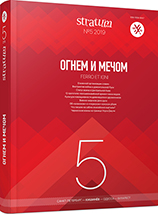
The “skeleton of the Russian knight, in chain mail and a helmet” found “under the ruins of a burned-out gate tower” during the excavations of the Great Shepetovka Settlement is known mainly from the words of its researcher M. K. Karger and thanks to a brief information on weapons from this complex in the book by A. N. Kirpichnikov about the old Russian armament. The authors referred to the study of sources and were able to clarify the location and reconstruct the circumstances of the death and composition of the armament of a noble ancient Russian warrior of the 13th century. Moreover, instead of one defender of the town, the remains of several warriors and several sets of weapons were revealed there. This work is the first stage in the study of the complex of the ancient Russian armament and defensive structures, discovered in 1959 in the southwestern part of Shepetovka settlement. Full publication of the complex is possible only after a comprehensive restoration of the studied finds.
More...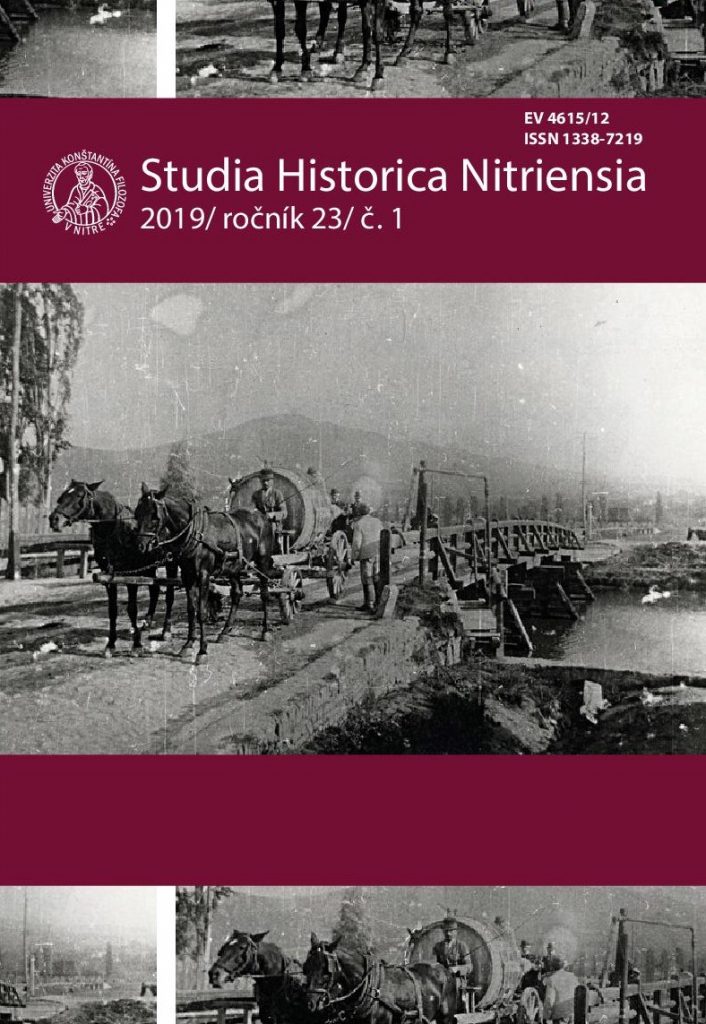
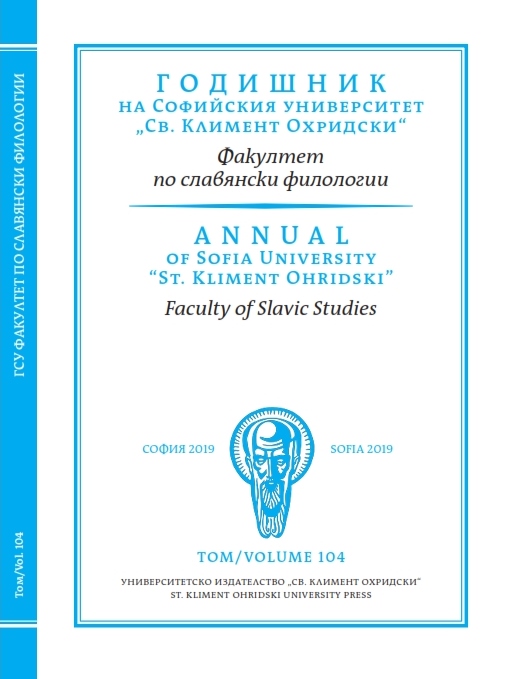
The article is an introduction to the problems of Medieval Slavic translation of Proverbs of Solomon and contains an edition of the text according to one of its witnesses, held in the State Historical Museum in Moscow, collection of Petr I. Ščukin no. 507.
More...
This paper is dedicated to a text entitled A Tale of the Holy and Honourable Icons and How and Why the Holy and Catholic Church Decided to Celebrate the Feast of Orthodoxy on the First Sunday of Lent that is known in Medieval Bulgarian and Serbian manuscripts. The text was translated from Greek most probably in the fourteenth century in a Bulgarian milieu. The appearance of this translation and its dissemination in South Slavonic milieuх were viewed in the context of the establishment of the Feast of Orthodoxy and other texts designated for this feast in Byzantium.
More...
The author makes a diplomatic edition of the medieval Slavonic translation of the Homily on the feast of the Annunciation (ascribed to St. John of Damascus) as attested in Vladislav the Grammarian’s manuscript dated 1479 (kept in Rila Monastery, no. 4/8). She characterizes the orthography of this copy and discusses the following features of the translation: the compound words and possessive pronouns as well as the names (epithets) of the Theotokos.
More...
The aim of this article is to present iconographical and legal aspects of Jan Matejko’s Battle of Grunwald. The painting comes from 1878 and presents one of the most important victory in Polish history. It belongs to Matejko’s paintings catalogue designed to picture glory of Poland. There were a lot of accusation regarding this painting (rules of perspective’s infringement, historical inaccuracy, excessive herding of figures), but it was caused by Matejko’s vision. The visualization of law in the Battle of Grunwald encompasses numerous issues, such as signalization of entitlements and functions, badges of dignity or authority, signs of jurisdiction, position in social structure (class). Notably Authoress elaborates attributes of knightly attire and attirement of the Teutonic Knights, insignia (e.g. the scepter of Jagiellonian University, the spear of St. Maurice), weapon (e.g. the executioner’s axe).
More...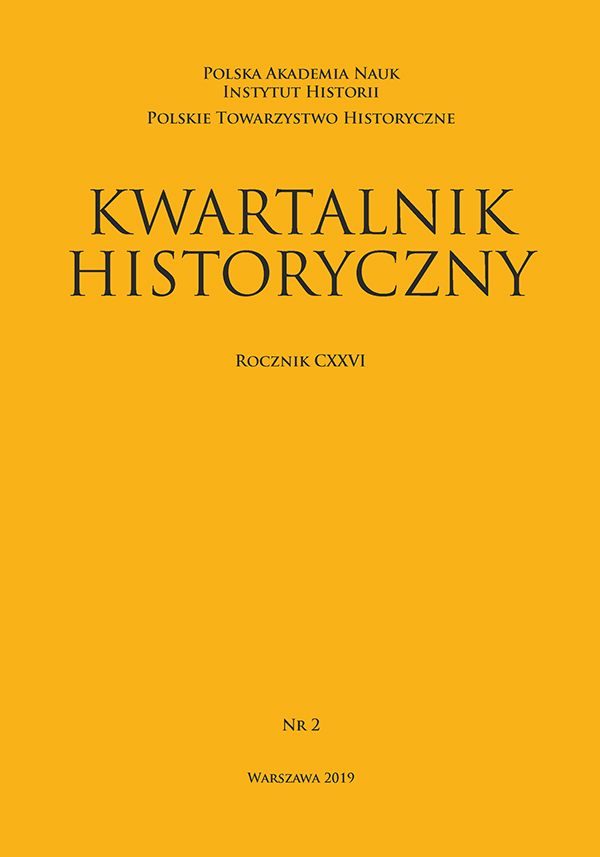
For centuries, marriage was the bedrock of societies, and its purpose was to beget children and prepare them for the future life. In such context, impotence was regarded as an important lack of physical capacity for consummation of the marital union. The consistorial records of the Poznań Diocese from the years 1404–25 include 22 instances of the marriages with the problem of impotence. On their basis the author answers the questions about their origins and solutions of similar matters proposed by the ecclesiastical courts.
More...